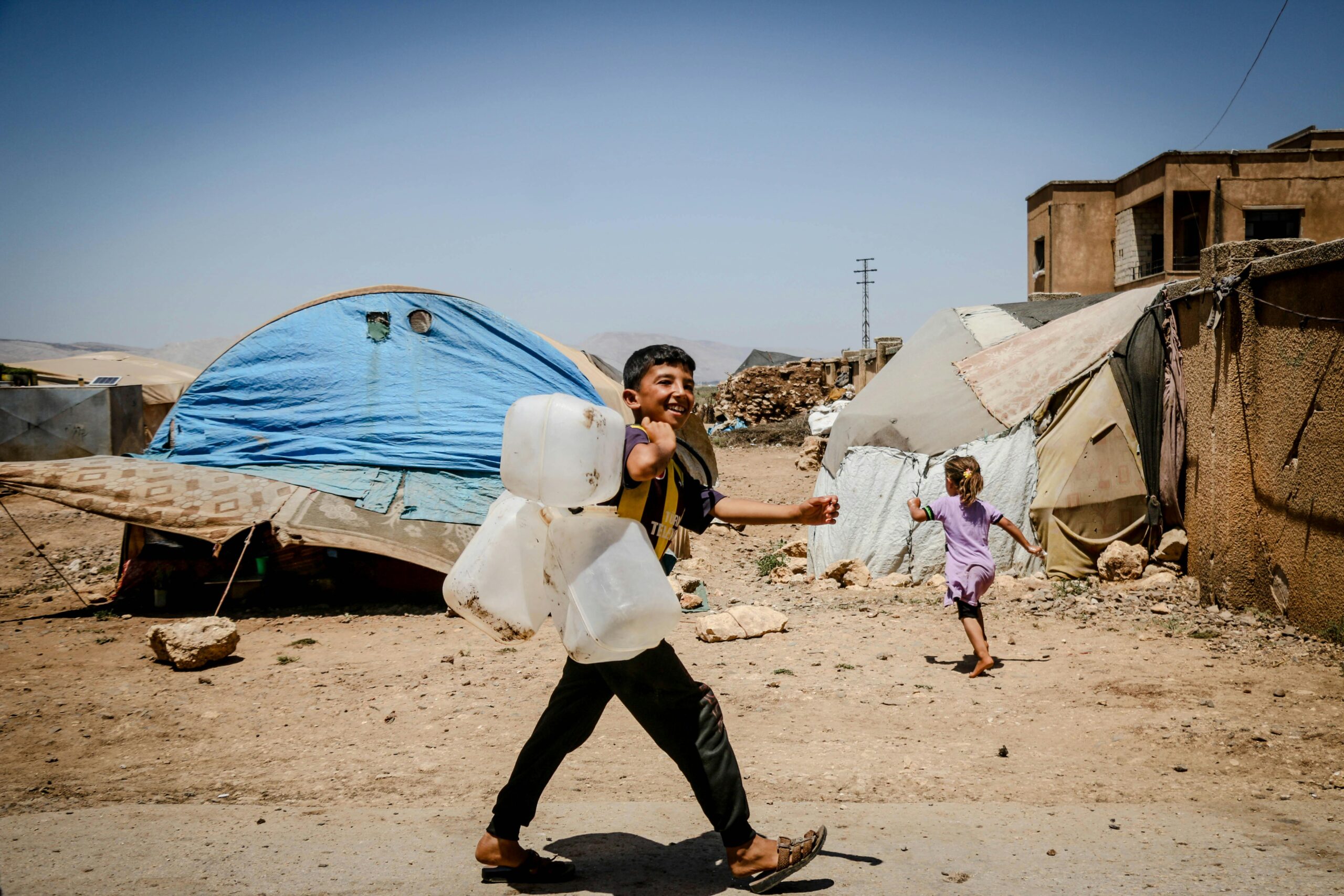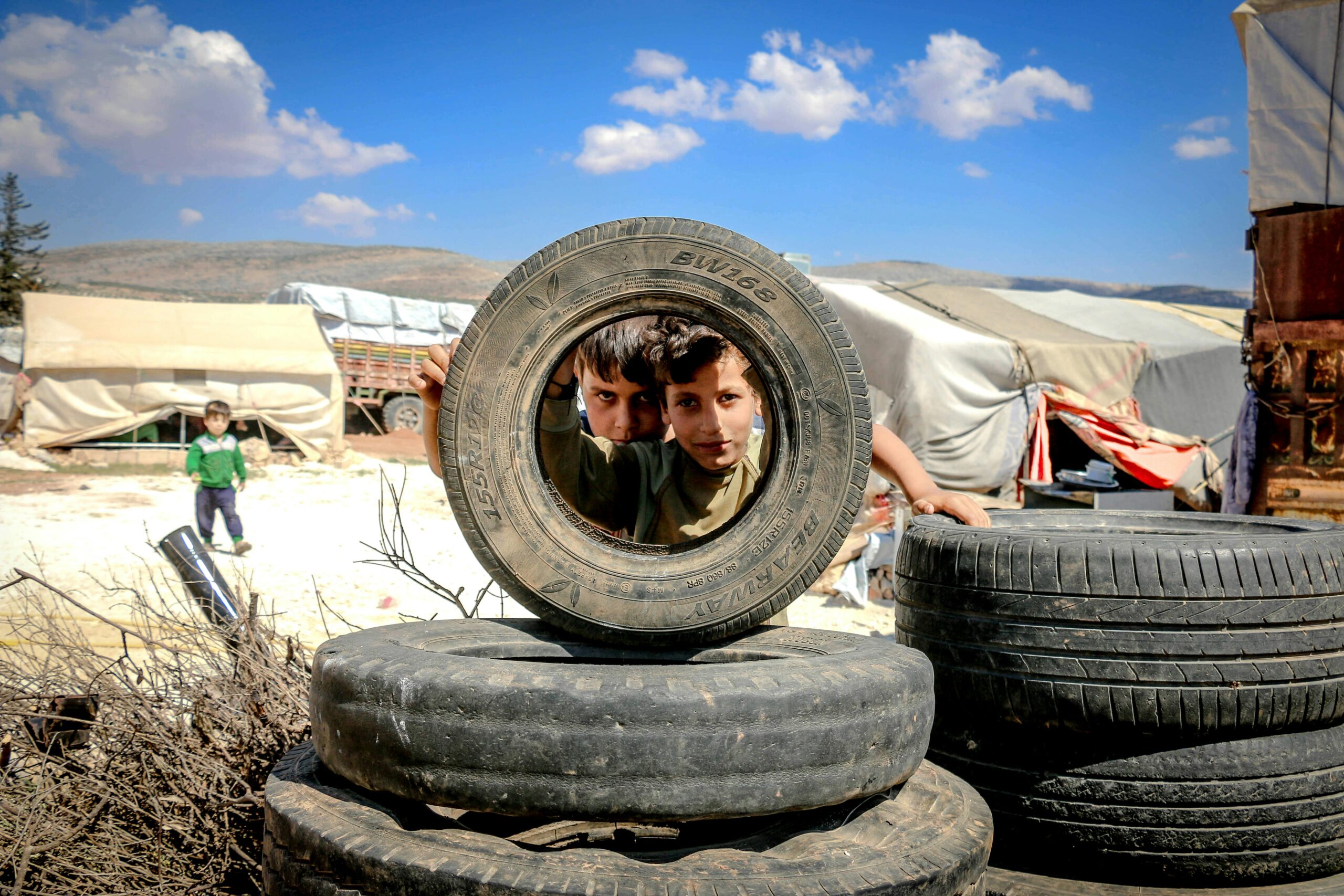Every year, millions of shipping containers and air cargo shipments cross borders, moving goods that sustain the global economy. But what if each of those shipments also carried a spark to fight extreme poverty? Imagine a small surcharge—the Global Humanitarian Cargo Surcharge—applied in a mandatory and transparent manner to every international trade transaction. It wouldn’t be an invisible tax; it would be a direct, tangible, and visible contribution, channeled into a shared humanitarian aid fund.
According to recent data from the World Bank and UNCTAD, around 241 million maritime shipments and 877,000 master air waybills are recorded each year. However, the operational reality is far more complex. In air transport, each master waybill typically consolidates about 30 house waybills belonging to different importers and exporters. In maritime transport, Less than Container Load (LCL) cargo follows a similar pattern, grouping shipments from multiple companies into a single container. Using a conservative adjustment, these figures rise to 7.23 million air waybills and 1.205 billion maritime waybills annually. In the marine case, this equals an average of 3.4 TEUs per shipment, which aligns with international estimates placing global container traffic at around 815 million TEUs per year.
Applying a surcharge of USD 4 for each maritime waybill and USD 2 for each air waybill would generate USD 944.46 million annually. This represents 2.01% of the USD 47 billion the United Nations has requested for global humanitarian assistance in 2025. And the best part: this revenue stream would be constant year after year, with a multiplier effect from accrued interest, creating a sustainable capital fund to invest in the most vulnerable.
Legitimacy and transparency would be ensured by implementing the model through the International Maritime Organization (IMO). It would not be a voluntary donation, but a global standard, just like the SOLAS Convention, which, after a member state vote, made container weight verification mandatory worldwide. History shows that when there is consensus, global rules are possible.
Moreover, part of the funds collected would flow back into the logistics industry itself. Delivering food, medicine, shelters, and supplies to disaster-stricken areas requires ships, planes, and transport routes. In this way, trade would finance aid, and aid would revitalize trade where it is needed most—a virtuous cycle in action.
Unlike cuts to international aid—such as those implemented during Donald Trump’s presidency—this model would create a stable revenue source, independent of political will.
Every shipment would become an act of solidarity. From a load of heavy machinery to a box of flowers exported from Colombia, all would contribute proportionally to alleviating hunger and poverty. Collectively, the annual revenue could approach the combined wealth of the world’s top 10 richest individuals—but redistributed to save lives.
This mechanism would redesign the system from within, embedding an automatic solidarity gear into the machinery of global trade.
Is it a utopia? Perhaps.
Is it viable? Absolutely— with political will, international cooperation, and business leadership.
Is it urgent? More than ever.
Logistics has historically been a symbol of efficiency and profitability. It’s time for it to also stand for solidarity and transformation.
Written By: Manuel Felipe Agudelo. Specialist in Freight Logistics
Sources: Unctad & World bank



